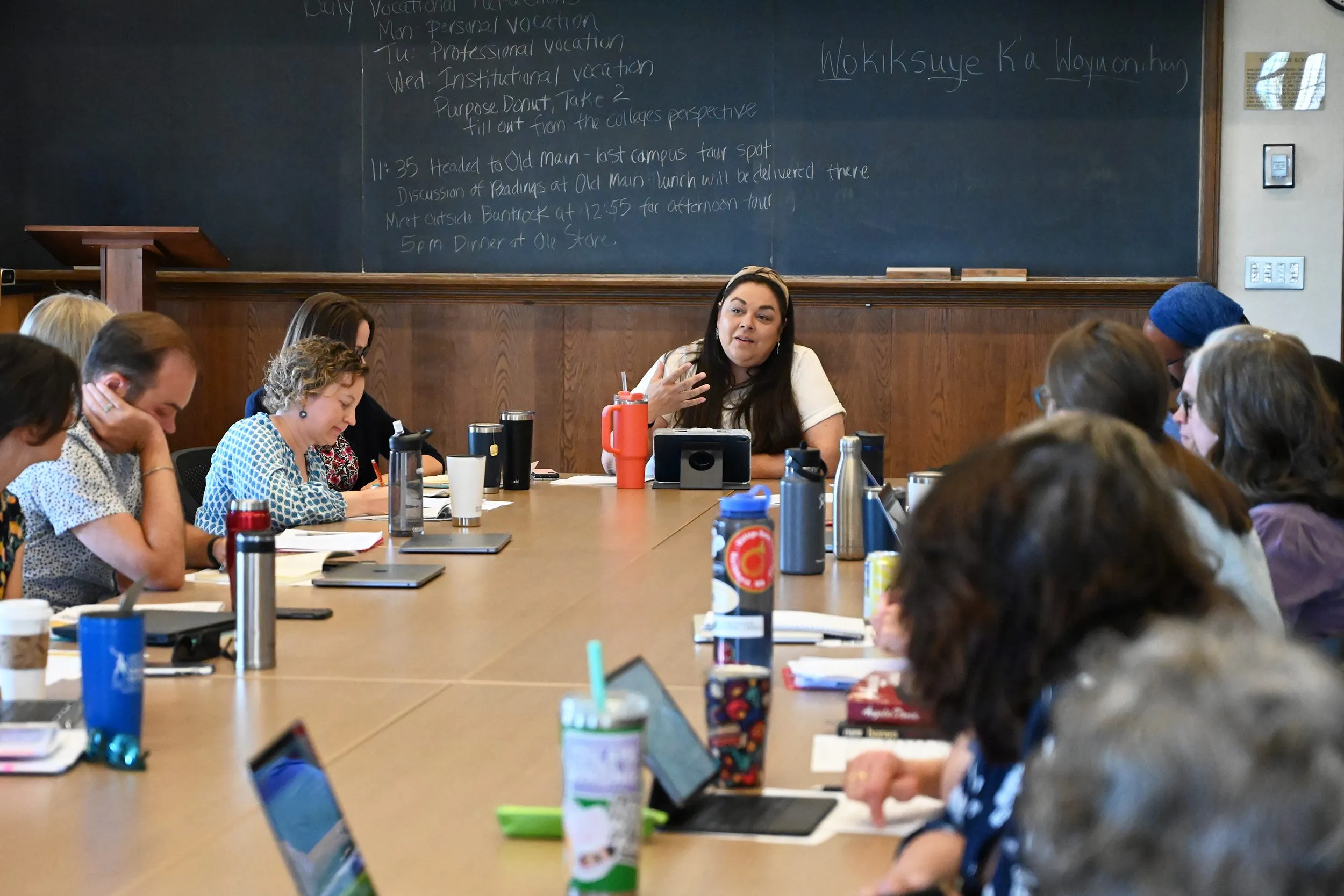The Untold Story of Classroom 15
Introduction
Classroom 15 might sound like just another room number on a school map, but in one small Oregon town, it became the center of a story that still sparks conversations decades later. What happened inside that room wasn’t about a fire drill, a spelling bee, or a science fair—it was about the clash between childhood imagination and the heavy hand of authority. It was about how a small group of fourth graders learned that even innocent dreams can attract unexpected attention.
The Setting
In a modest public school surrounded by evergreen hills, Classroom 15 sat at the end of a quiet hallway. The students were typical nine- and ten-year-olds—curious, energetic, and sometimes restless. Their teacher was patient, the desks were slightly scratched from years of use, and the blackboard often carried chalk dust into the air.
This was not a place where anyone expected controversy. The biggest concern in most parents’ minds was whether their children would finish their math homework or remember to bring lunch money. But that was before the outside world came barging in.
A Creative Assignment
It started with an ordinary classroom activity. The teacher assigned a writing project: each student was to describe their dream for the future. The idea was to encourage creativity and help children express their ambitions.
Some wrote about becoming astronauts, veterinarians, or famous athletes. Others dreamed of owning a bakery, exploring the deep sea, or traveling to far-off countries. The atmosphere in the room was joyful as kids put their hearts into crafting these visions of their future selves.
The Unusual Detail
Among the pile of essays, a few stood out—not because they were violent or inappropriate, but because they expressed unusually big ideas. One group of students decided to write together about building a community where everyone could live happily without fear, hunger, or unfair rules. In their minds, it was a fantasy town filled with music, kindness, and freedom.
What they didn’t realize was that some of the language they used—phrases about “changing the system” or “making new rules for fairness”—would set off alarms far beyond their school walls.
The Unexpected Visitor
A few weeks later, adults the children had never met showed up at the school. They wore suits, carried notepads, and spoke quietly with the principal. The students noticed whispers in the hallway, sudden closed-door meetings, and an unusual tension in the air.
It was later revealed that these visitors were connected to a federal agency—an organization that usually dealt with crime and national security, not fourth graders’ essays. Yet here they were, in a small-town elementary school, poring over the work of nine-year-olds.
The Questioning
Several students from Classroom 15 were called out of lessons to meet with the visitors. They were asked about what they had written, where they got their ideas, and whether anyone had “influenced” them. The children, confused and nervous, explained that they had simply imagined a better world.
One boy said, “We just wanted everyone to be nice to each other.” But the questions kept coming, as if the officials were searching for something that wasn’t there.
The Impact on the Children
For some of the students, the incident was merely a strange interruption in their school year. For others, it left a lasting mark. They learned that adults with power could misunderstand them, and that writing—something they thought was just for fun—could be taken very seriously by the wrong people.
Parents were outraged. Some wrote letters to local newspapers, demanding to know why government officials had questioned their kids without warning. Others worried about what might go into the students’ permanent records.
The Role of the Teacher
The teacher of Classroom 15 found herself caught in the middle. On one hand, she wanted to protect her students and reassure their parents. On the other, she faced pressure from administrators and outside authorities.
In interviews years later, she recalled the moment as one of the most difficult in her career. “I encouraged them to dream,” she said, “and those dreams were treated like dangerous secrets. That broke my heart.”
Media Attention
Word of the incident spread beyond the small town. Local reporters started asking questions. Soon, regional newspapers picked up the story, framing it as an example of government overreach. The national press eventually took notice, and the case of Classroom 15 became a symbol for debates about freedom of expression—even for children.
Lessons Learned
Looking back, the students—now adults—agree that the most important lesson they learned in Classroom 15 wasn’t from a textbook. It was the realization that words have power. They saw firsthand that even harmless ideas could be twisted into something threatening by those who didn’t understand them.
For some, this experience pushed them toward careers in law, journalism, or education. They wanted to protect others from the same kind of misunderstanding. For others, it simply became a strange story they told at dinner parties—a reminder of how unpredictable life can be.
The Broader Meaning
The story of Classroom 15 isn’t just about one group of kids. It’s about the tension between authority and creativity, about how easily suspicion can replace trust, and about the need to protect spaces where imagination can flourish without fear.
Children should be able to dream without worrying about being interrogated. Teachers should be able to encourage bold ideas without fearing that someone will misinterpret them. And communities should stand up when their youngest members are treated unfairly.
A Quiet Legacy
Today, the original Classroom 15 is no longer in use. The school building has been renovated, the desks replaced, and the chalkboards taken down. Most people in the town barely remember the incident, but for those who lived through it, the memory is still vivid.
In a way, the room became more than just a place where lessons happened—it became a symbol of how fragile innocence can be, and how important it is to defend it.
Conclusion
Classroom 15 started as just another space for learning, but it became the backdrop for a story that blended childhood dreams with the realities of adult politics. The events that unfolded there show that even in the most unlikely places, the freedom to imagine is worth defending.
For the students who once filled those desks, the lesson was clear: dreams are powerful, and that’s exactly why they must be protected.





